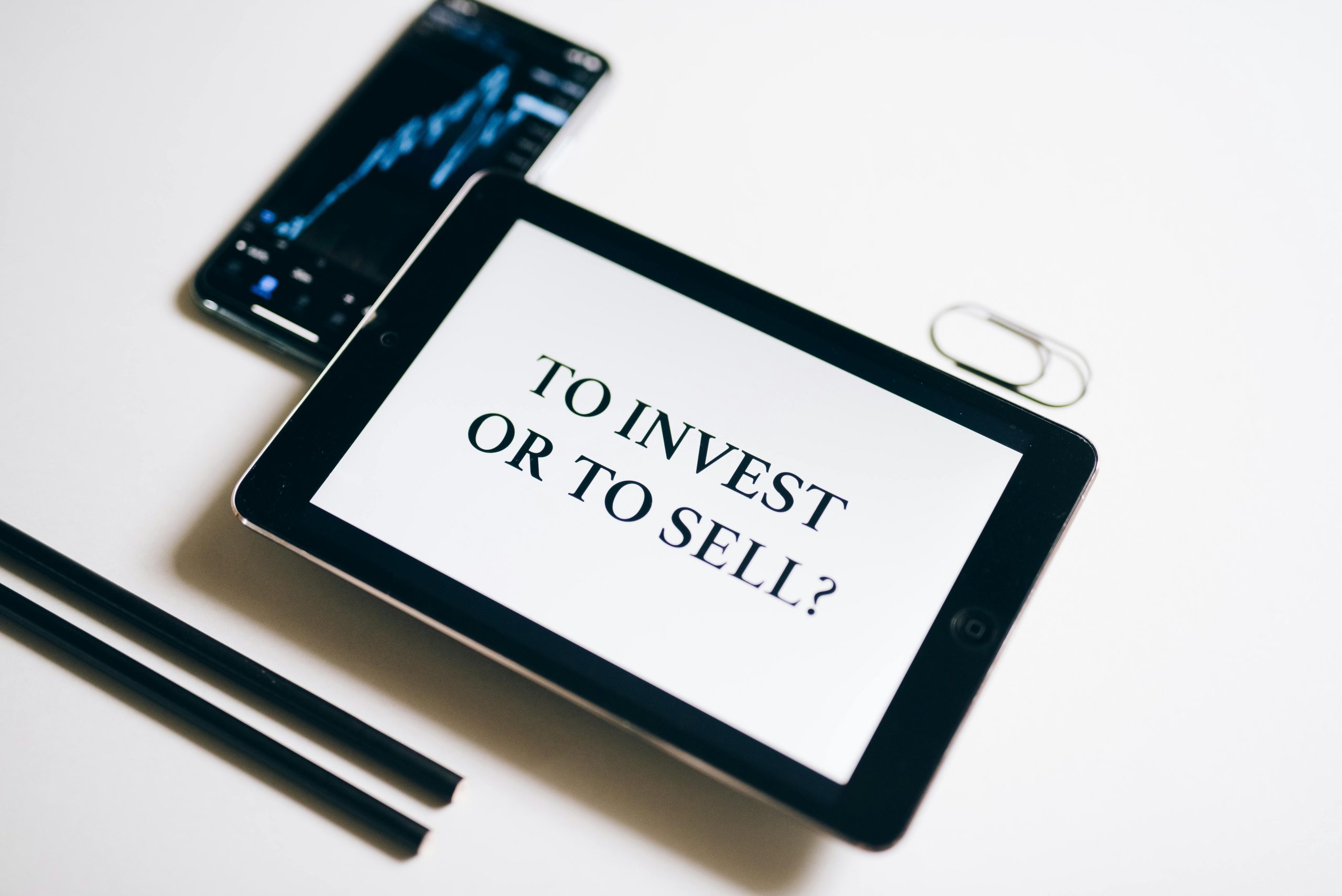Tax efficient investments to offset higher rates
Published:Experienced money managers like to say you shouldn't "let the tax tail wag the investment dog," meaning you shouldn't let concerns about the tax effects of an investment drive your buy and sell decisions.
That is probably good advice, but still — in this post "fiscal cliff" era of higher income tax rates and new healthcare reform-driven investment taxes, it makes sense to at least look at the tax impact of your savings choices.
"A good financial planner should be looking at how tax-efficient your investments are," says David Blanchett, head of retirement research for Morningstar Investment Management. He points out that the difference between having a $1,000 gain taxed at the long-term capital gains rate of 20 percent versus the income tax rate of 35 percent would save the investor $150. And that example doesn't even use the top income tax rate or note that other new provisions could hit investment income as well.
Upper-income households at several different levels face higher tax burdens this year. Individuals with adjusted gross income over $200,000 ($250,000 for joint-filing couples) will face a 2.8 percent Medicare surtax on investment income. Singles who earn over $400,000 (joint filers over $450,000) will face a new top marginal tax bracket of 39.6 percent. Those same people will see their tax rates on dividends and long-term capital gains go up to 20 percent from 15 percent. And limits on itemized deductions and personal exemptions will start to kick in on incomes over $250,000.
That all points to at least considering the wagging tail before you buy the dog. In addition to being taxed itself, income from investments could push investors into higher tax brackets, so minimizing taxable income could be an especially good idea for investors on the cusp of higher brackets. And some tax-smart investments actually perform better than their tax-ignoring counterparts.
Take tax-efficient mutual funds, for example. These funds are actively managed to minimize the taxable income they produce. Their managers sell losing securities, match up losses and gains, hold stocks at least a year so that their gains count as long-term, choose stocks that don't produce a lot of taxable dividends, and try to keep taxable transactions low. That's particularly important for mutual funds, because they are required to distribute dividends and capital gains to shareholders annually. So, even shareholders who keep a fund for decades will usually receive taxable contributions annually along the way.
These tax-managed mutual funds have a pretty good record of outperforming their non-tax-managed competitors on an after-tax basis, according to new research from Lipper, a Thomson Reuters company.
Lipper analyst Tom Roseen compared the after-tax performance of every major tax-managed mutual fund with the average after-tax performance of its whole category. "Tax-managed funds, on average, did a fine job," he said. For example, over the 10 years ended December 31, 2012, the tax-managed large cap core stock funds returned an annual average of 5.82 percent after taxes. The entire category (which includes hundreds more funds) returned 5.71 percent after taxes.
"In only six classifications of 20 did they not outperform their category average, and that is a pretty strong statement," Roseen said.
But both Roseen and Blanchett stressed that not every fund is a winner, and there are other ways to minimize the tax hit on investments. Here's how to approach that.
— Be picky. Look at a fund's total return and its tax efficiency. Consider how it performs after expenses. Lipper offers performance and tax-efficiency ratings for funds. Morningstar has a measure called "tax cost ratio" — the amount of a fund's annualized return that is lost to taxes paid on distributions.
— Look at less managed alternatives. An active fund manager who's keeping one eye on the tax bill can produce solid low-tax returns, but you will have to pay for him. An exchange traded index fund (ETF) can be very competitive on performance, tax hit and bottom line cost, for a variety of reasons. Index funds tend to be low-turnover so they generate a low tax hit. ETFs don't have to buy and sell stocks to accommodate buying and selling shareholders (as mutual funds do) so they can hold onto their portfolios even longer. And, as low-trading, unmanaged index funds, ETFs keep expenses rock bottom.
Will an active manager beat an ETF by enough to justify her fees? Sometimes yes, and sometimes no. That's a question of investment philosophy that chartered financial analysts can spend their entire careers trying to answer, so it's OK to answer for yourself.
— Run your own fund. It's not for everyone, but at least two online brokerage firms specialize in putting together pre-set portfolios for investors who would rather own pieces of individual stocks instead of a fund. You can use them to get the diversity of a mutual fund without the complicated tax structure and extra layer of management fees.
That sounds complex, but at Motif Investing Inc and Foliofn Investments Inc you can buy a fixed portfolio for a low fee. Because investors end up owning fractional shares of individual stocks, there are no capital gains distributed annually, as there would be from a mutual fund. Both sites let you manage the portfolios for maximum tax advantage by selling individual stocks to lock in losses.
— Placement matters, too. Tuck those high income-producing investments inside your tax-advantaged 401(k) or Roth IRA. Use your taxable account for the low-tax-hit choices like ETFs, tax-managed mutual funds, and portfolios of individual stocks, or pieces of them.
© Copyright 2013 Thomson Reuters.



